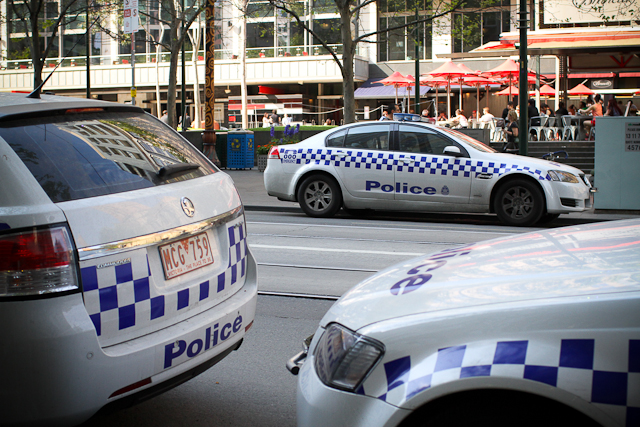Australia lagging in international student safety
AUSTRALIAN support and safety structures for international students are underdeveloped compared to their overseas counterparts, a recent study has found.
The research shows that, apart from violent street assaults, international students are most at risk of crime perpetrated against them by those within their own national groups.
The preliminary findings are part of a four year research project conducted by Monash University fellow Dr. Helen Forbes-Mewet into the safety of international students worldwide.
The results indicate Australia is lagging well behind the United Kingdom and America when it comes to student welfare, largely for reasons of social structure.
“The tendency for domestic students in the UK to live away from home has meant there is no real distinction made between domestic and international students,” Dr. Forbes-Mewett said.
“Given these contexts, appropriate structures already exist that are of benefit to incoming international student cohorts.”
By contrast, international students in Australia were more likely to live in delinquent-prone communities and low-cost housing, exposing them to a higher risk of both theft and assault.
Dr. Forbes-Mewett also noted a greater level of government involvement in the U.K.
“Issues relating to risk associated with being an international student are openly acknowledged,” she said, “and there appears to be a pro-active approach to dealing with problems that may occur.”
This was not the case in Australia.
The preliminary results confirm a recent Australian Institute of Criminology finding that attacks against international students are more likely to be opportunistic than racially motivated.
The experts interviewed by Dr. Forbes-Mewett overwhelmingly believed that students were more likely to be targeted by people in their own ethnic or national groups.
“Victims of crime tend to have some connection with the perpetrators,” she said.
“It makes sense that when arriving in a foreign land international students would be likely to trust those with a similar cultural background and for this reason they are particularly vulnerable to the more unscrupulous members of their community.”
“The findings are not that surprising as they correspond with much of the existing literature, which explains that incoming migrant groups do not increase crime levels but they tend to fracture social structures already strained by previous new populations settling in a particular area.
“The fractured social structures – including poor housing, unemployment, lack of resources and support – contribute to an increase in crime levels that can be attributed to both the existing and new populations,” Dr. Forbes-Mewett said.
International students are most at risk of robbery or assault, but the study found that frequency of both these crimes has subsided since the well-publicised attacks on Indian students in 2008 and 2009.
However cases of domestic violence, sexual exploitation and cyber crime are still a lingering problem for many.
Despite these findings, Dr. Forbes-Mewett remained hopeful about Australia’s potential to learn from the support offered to international students in the United Kingdom and America.
“A number of steps are being taken to improve the situation in Australia,” she said.
“Unscrupulous colleges have been closed down. Universities are looking at ways to provide more accommodation opportunities on or near campuses.
“Also, research in the area continues to gather pace.”

